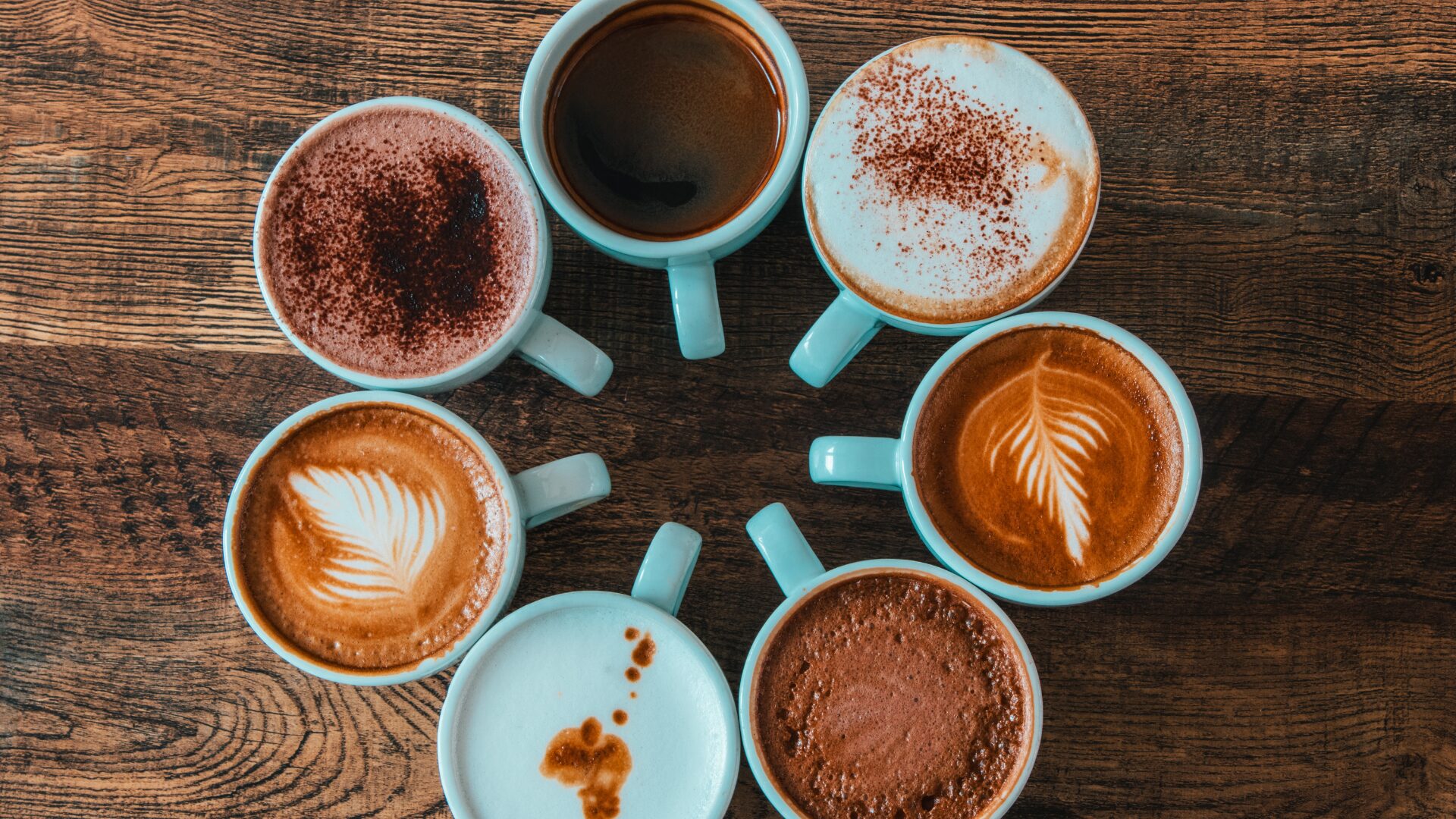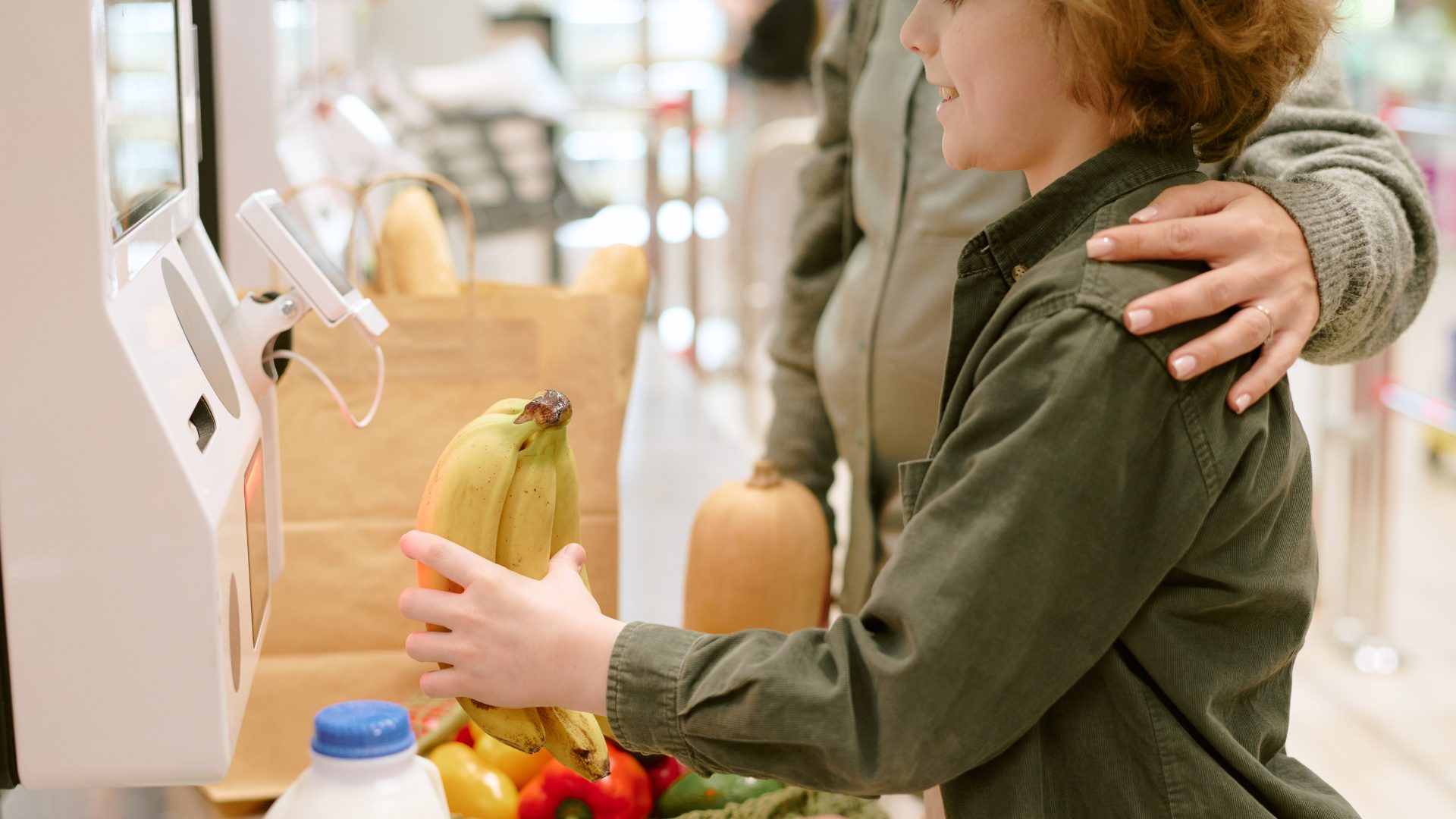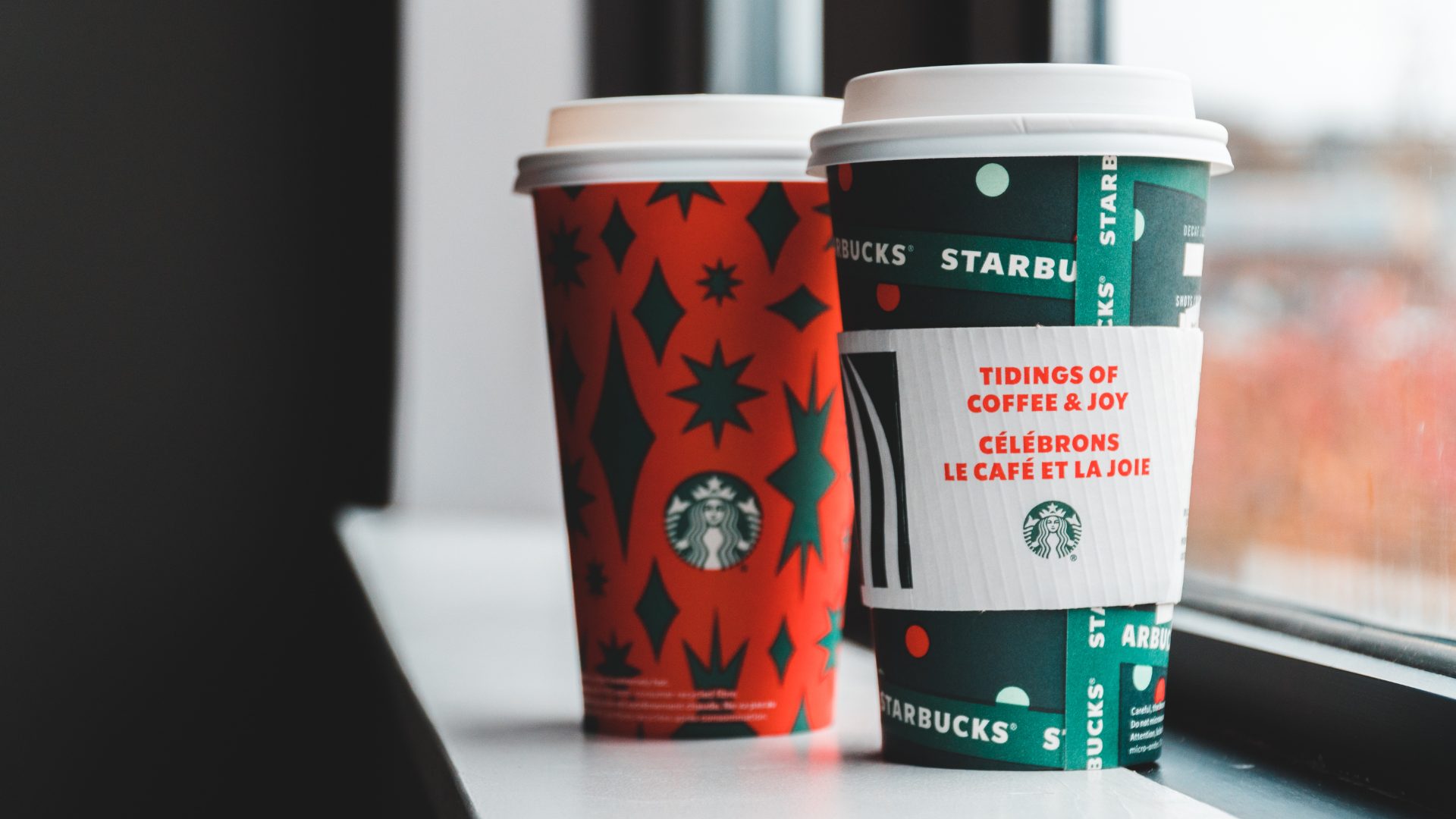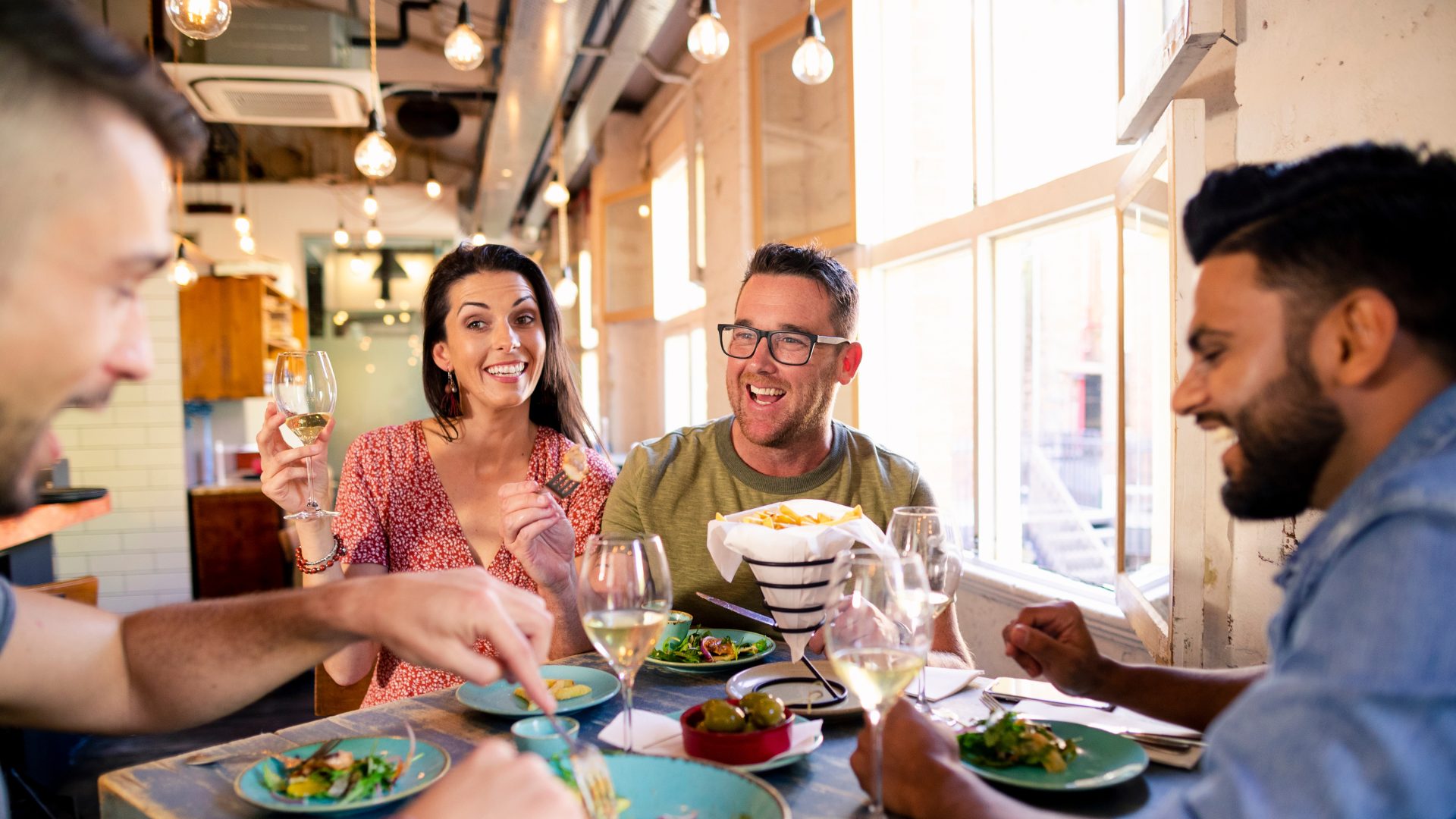For a growing number of Americans, coffee is more than a morning ritual – it is a community that craves unique experiences.
Enamored by the coffee brewing process and its environs, these consumers seek out flavors that celebrate the coffee bean and its origins and the role coffee plays in an indulgent beverage. This interest is championing a movement of café offerings that platform coffee’s craft and innovation.
In a recent Trend Tracker report from Yelp, which analyzes search engine changes between September 2023 and 2024, findings reveal a burgeoning interest in “coffee omakase,” enjoying a shocking 5,173% rise in searches over the period.
Online searches for the “coffee flight,” experienced 81% growth in the 12 months leading up to September 2024.
So, What is Coffee Omakase?
Coffee omakase is the café’s answer to the traditional Japanese dining experience.
A multi-course tasting experience led by baristas, these offerings often require private reservations and often include innovative beverages and accompanying food treats. The Japanese word “omakase” roughly translates to “I leave it up to you,” and features a chef-, or in this case, a barista-curated experience that favors an intimate setting, where conversations between the barista and diners are encouraged.
“On Yelp, we’re seeing coffee lovers today want more than just a quick caffeine fix; they’re looking for a chance to enjoy high-quality drinks, connect with expert baristas, and learn something new,” Yelp trend expert Tara Lewis told The Food Institute. Coffee omakase is likely motivated by a macrotrend that has gained momentum during the pandemic: special food experiences.
Many U.S. specialty cafés now offer the experience, including NYC-based Kona Coffee Roasters and Korea-based Gute Leute Coffee Bar’s domestic foray in Virginia. Abroad, the innovation is more common, especially in Japan.
“As people continue to seek out more experiential dining, coffee-tasting menus offer specialty coffee shops a unique way to spotlight their single-origin coffee beans and the expertise of their baristas,” said Lewis.
Consumers today are also much more educated about specialty coffee in general, having developed a taste for higher-quality brews, and an interest in nuances that arise from varied growing regions, roast levels, and preparation methods. Corroborating this observation is a recent report from the National Coffee Association that found that specialty coffee has maintained a 13-year peak in interest, with 45% of Americans saying they’ve had a specialty brew within the past day.
The Rise of the Coffee Flight
Coffee flights, much like “coffee omakase” refer to a selection of coffee tastings that feature a unified experience; however, they’re more likely brought out all at once. Starbucks marketing affiliate Max Schwarz explained that the café chain’s Cold Brew & Sweets Flight, for example, encourages diners “to discover how aroma, flavor and more change across your tasting experience of Starbucks Reserve’s cold brews.” In this flight, small desserts accent each beverage “to draw forth complementary flavors and textures.”
Starbucks flights are available at select Starbucks Reserve and Roastery locations globally and range between $26 and $40.
Coffee Project NYC offers a similar flight in select locations, a Nitro Cold Brew at a more affordable $12 price point that features the brand’s signature eponymous drink served two ways, with maple sugar, and a baked good.
Additionally, the small café chain breaks down the classic latte into its constituent parts in its signature Deconstructed Latte which divides the coffee into a three-glass flight of espresso, milk, and a fully composed latte. It is also available vegan.
Consumers clearly resonate with experiences that allow them to deepen their understanding of the beverages they love.
Espresso Yourself: Brewing Up Differentiation
Often lauded as a “permissible indulgence,” coffee is a relatively healthy way for consumers to treat themselves while fueling up for the day. As a result, innovations abound in the coffee space, with chains eager to differentiate from their competitors, while continuing to inspire repeat purchases at a time when shopper loyalty wavers.
FI sat down with René Puerta, marketing director at mid-sized New York-native coffee chain Gregorys Coffee, to discuss how the café is leveraging experiential brews to drive traffic.
“The things we are doing now in coffee weren’t happening 10 years ago,” Puerta said. “The definition of specialty coffee itself has evolved.”
Gregorys began revolutionizing their offerings when they started considering coffee and caffeine consumption as an experience rather than simply as “fuel,” he explained. On the menu, this could look like one of their signature “layered drinks” that bring together visible layers of coffee, cold foam, and garnish.
The look of the beverage is inextricably tied to overall experience, he opined.
In collaboration with beverage technology company Sidework, Gregorys also recently debuted a machine that facilitates the creation of highly customized drinks and frees up time for baristas to deliver consistent-quality specialties. He noted that these drinks also tout more complex ingredient components.
Puerta explained that the machine is important to the chain’s strategy of growing its Gen Z customer base, particularly with its locations created through its partnership with Simon Malls.
“At our core, we have always been more of a Millennial or Gen X brand, especially throughout the Northeast. We have spent a majority of our time expanding in the suburbs,” he said. Aesthetically appealing and indulgent beverages and a rotating seasonal menu are some of the ways the brand will cater to its growing Gen Z communities.
Gregorys is using its devotion to specialty coffee experiences to go toe-to-toe with national giants, like Starbucks.
“We see ourselves differentiated and can win in quality,” Puerta explained. Gregorys’ roaster in New York City’s Long Island City neighborhood supplies fresh roasted coffee beans to its nearly 35 New York and New Jersey locations, a benefit of its more agile size.
The Food Institute Podcast
Restaurant results for the second quarter weren’t stellar, but people still need to eat. Are they turning to their refrigerators, or are restaurants still on the menu for consumers? Circana SVP David Portalatin joined The Food Institute Podcast to discuss the current restaurant customer amid a rising home-centricity trend.












